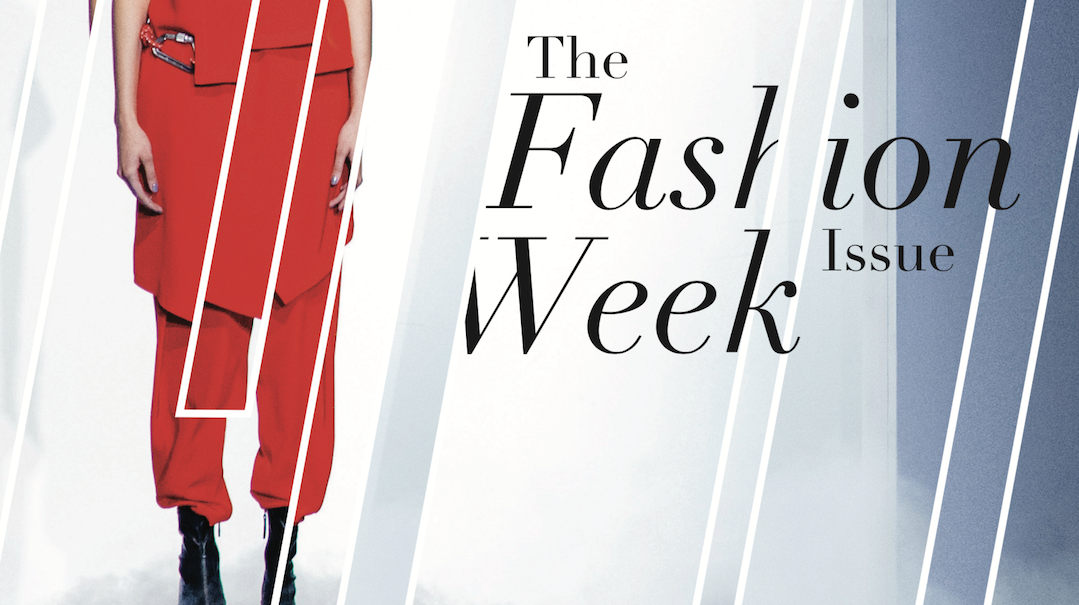Millenial Influencers
February 21, 2017
This year’s New York Fashion Week made evident some major changes happening in the fashion industry. Even if you didn’t attend fashion week, you probably viewed your favorite shows through Instagram, Twitter or Snapchat. You probably also watched the drama unfold as various fashion vets and magazines struggled to comprehend some of these changes.
Many outlets, including the New York Times, were quick to point out that the A-list celebrity presence in the front rows of shows was lacking. Instead, the front row was host to many other types of celebrities: bloggers, Instagram personalities and other millennial influencers.
Dolce & Gabbana made many headlines this year for their major inclusion of influencers. It featured personalities such as Zendaya and Cameron Dallas in its fashion advertisements and had influencers from Twitter, Instagram and YouTube walk the runway at their Milan Fall/Winter 2017 show. However, Dolce & Gabbana has also been both praised and ridiculed for its F/W 2017 show, which they made a statement about catering to the children of buyers, rather than the buyers themselves.
Another one of the biggest headlines of the week involved influencers at Jeremy Scott’s F/W 2017 show. Editors from some of the biggest printing publications such as Elle, Teen Vogue and Marie Claire were denied entry due to the shows allegedly reaching full capacity. Kylie Jenner, a huge influencer, sat front row with Sofia Richie, Lionel Richie’s daughter, who has over two million followers on Instagram.
For some, it seems pointless for these brands to cater to a generation that is more likely to live in poverty and have lower rates of employment than their parents did 20 or 30 years ago. However, there are some reasons why this audience shift is actually a good for companies.
The first and most important fact: influencers give these brands more exposure. Fashion week was once an event that could only be read about in magazines. Only high-profile celebrities and magazine editors were fortunate enough to attend the events. Now, however, social media reigns supreme. Anyone with an iPhone can watch fashion shows for no cost thanks to the bloggers and social media celebrities posting about them on their accounts. There is no longer a large demand for print media at the show, and this is clearly upsetting for outlets that depend on that market. In September, Vogue posted an article about Milan Fashion Week in which the editors accused the bloggers of being embarrassing, sad and pathetic.
There are roughly 83 million millennials in the United States alone, according to the US census. They exceed baby boomers by three million people. The size of this generation has made it easier for corporations to grab their attention and capitalize on their numbers. Millennials also have higher college attendance than any previous generation. Despite living through two recessions in 2000 and 2009, having a college degree puts them in a position to generate higher incomes once they start working, according to a study conducted by the Pew Research Center. Millennials will have greater purchasing power due to their education and more influence because of their numbers. When investing in clothing, a millennial will think of the brand seen all over their favorite blogger of celebrities’ social media.
Millennials are paving the future or fashion. Fashion companies shouldn’t be bashed for catering to this generation. Instead, they should be accepting of this and adjust their outdated ideals to fit the ones of this rapidly changing world. As Tommy Hilfiger told the New York Times, “a star’s presence does nothing to move the needle.”
A version of this article appeared in the Tuesday, Feb. 21 print edition. Email Michaela Hoffman at [email protected].

